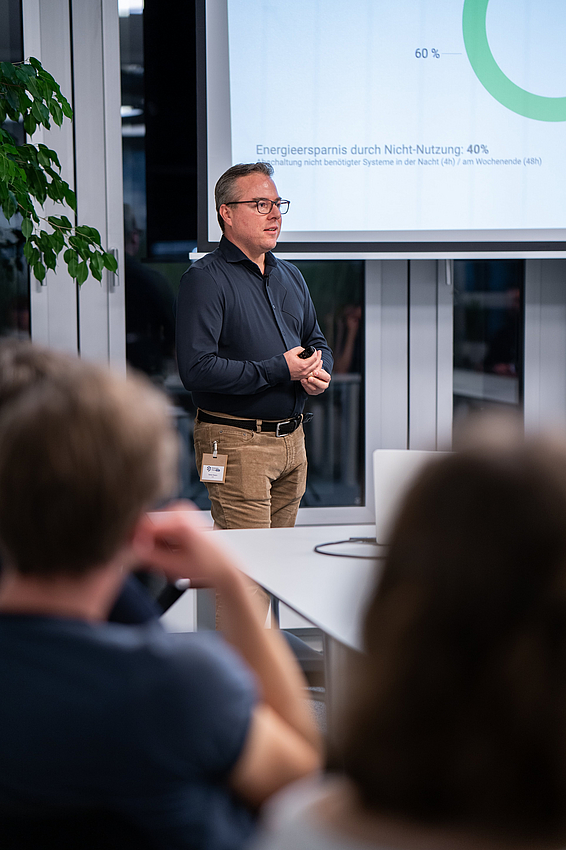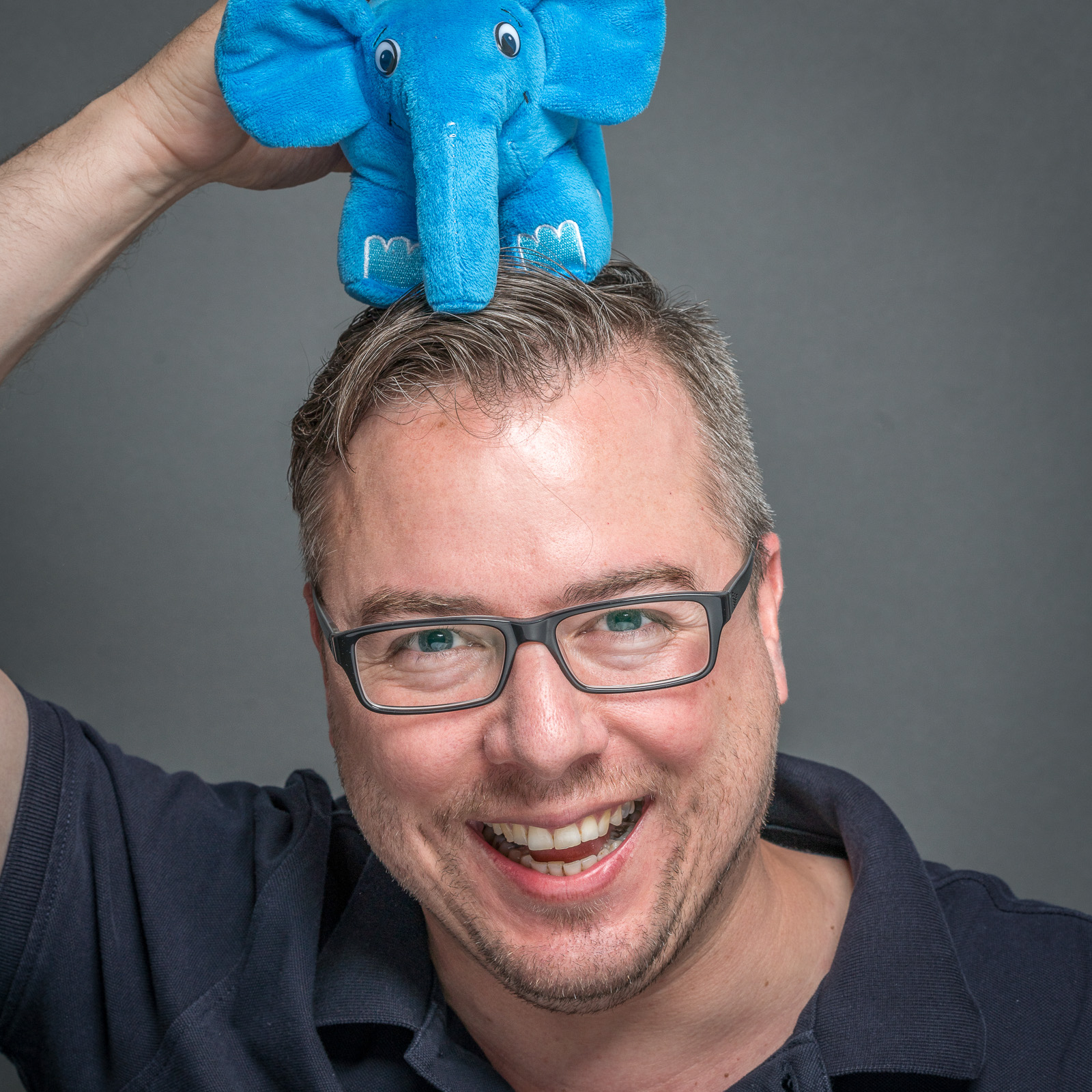Get in touch
As a software architect, I clarify and communicate architecture-relevant requirements and boundary conditions, work out suitable structures and solution concepts with the development teams and accompany their implementation.
My path at AOE began as a TYPO3 integrator in the support team at the time, maintaining and developing existing projects. With my background as a full-stack web developer, I can support the team with bug fixes and implementing change requests in frontend and backend, while learning patterns like CI/CD or configuration-as-code. I take responsibility for some of our open source components and start sharing my experiences - in blog posts, at conferences and as a mentor for new colleagues.
Gradually, I focus on backend development; first in PHP, later in Java and Kotlin. I also take care of central build and deployment tools, am jointly responsible for establishing development workflows such as code reviews and accompany the introduction of Git as successor to SVN as version control system. As a member of the development team for Sony PlayStation Network, I was able to gain lasting experience in a fully English-language project and the go-live of the platform during a release sprint in Los Angeles.
Moving to the congstar project opens up the opportunity for me to take on a cross-team role. While the development teams are making the transition from monolith to microservices, I am helping to shape the necessary structural changes. Guardrails, such as a project-internal Tech Radar, provide a framework for action for the teams, which now operate largely autonomously. As software architects, our focus is on formulating a future-proof architectural vision on the one hand, and on supporting the development teams by identifying potential obstacles at an early stage on the other.
In addition to my work in the project, I can also contribute time and again as a support to the sales team in the creation of solution sketches. Here, the focus is on quickly identifying relevant requirements. Against the background of this experience, I am now active in a consulting capacity in changing projects and strive for agile, sustainable and future-proof solutions for our customers.


Even though I count myself to the species of introverted computer scientists and like to limit conversations to the bare essentials: I am fascinated by language. Whether spoken, written or as a gesture - language forms the basis of interpersonal communication. It can create worlds and destroy them again with a single sentence, forge relationships or spark off wars. And it is at the center of my daily work: whether it is a requirement or a vision, an architecture decision record or a workshop protocol, it is always about the linguistic description of a more or less complex issue. It is not without reason that the definition of a common language, the "Ubiquitous Language", is a central component of Domain-Driven Design in software development.
Finding the right balance again and again, based on the target group, their (prior) knowledge and other factors, in order to convey the relevant facts as precisely and unambiguously as possible, is an exciting challenge, since it ultimately determines the quality of the common understanding and the results of our work.
| AM | PM | Evening |
| I enjoy a cup of coffee in peace, early in the office or in the kitchen when the kids are out of the house. | A light lunch to prevent the afternoon slump, preferably from our chefs Christoph and Tobias, of course. | As a train commuter, I use my commute home to keep up on LinkedIn or listen to a podcast. |
| My productivity is highest in the morning, so I like to complete tasks first thing in the morning. | Cross-team meetings, such as the architecture CoP, usually take place in the afternoon. | In the evenings I like to spend time with my family. |